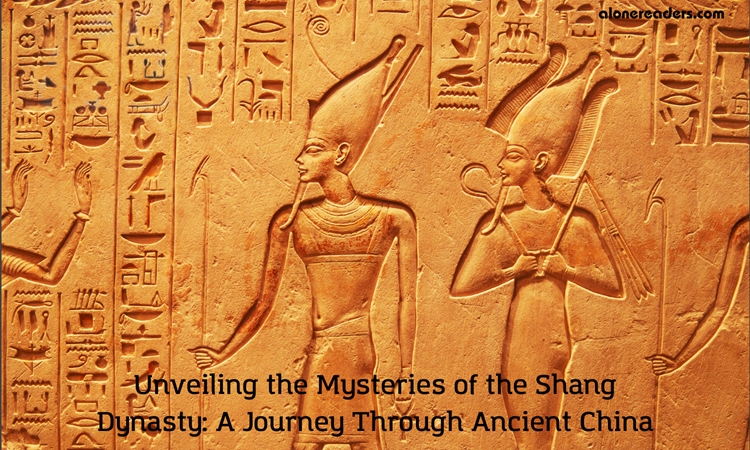
The Shang Dynasty, reigning from approximately 1600 to 1046 BCE, marks one of the most fascinating chapters in the annals of Chinese history. As the second dynasty in traditional Chinese historiography, following the semi-mythical Xia Dynasty, the Shang era was a period of remarkable advancements in art, culture, and governance. This article explores the various aspects of the Shang Dynasty, shedding light on its contributions to the development of Chinese civilization.
Historical texts, such as the classic "Records of the Grand Historian" by Sima Qian, recount the rise of the Shang Dynasty after the fall of the Xia Dynasty. The Shang Dynasty, also known as Yin Dynasty, established a form of monarchy that was pivotal in shaping the political structure of early China.
The Shang political structure was predominantly monarchical, with kings wielding absolute power. They controlled vast territories through a network of vassal states, each governed by local rulers who pledged allegiance to the Shang king. This feudal system laid the groundwork for future dynastic governance in China.
Religion and ritual played central roles in Shang society. Ancestor worship was prevalent, with the king acting as the intermediary between the gods and the people. The Shang people believed in a supreme deity named Di, along with a host of other gods and spirits.
The Shang Dynasty is celebrated for its extraordinary achievements in bronze casting. Artisans created intricate bronze vessels, weapons, and ritual objects, showcasing a high level of technical and artistic skill.
Bronze Ware and Artifacts
Shang bronze artifacts are characterized by their elaborate decorations and inscriptions. These objects were primarily used in ritual ceremonies and as symbols of power and status.
One of the most significant contributions of the Shang Dynasty to Chinese culture was the development of a writing system. This is most evident in the oracle bones – turtle shells and animal bones used for divination.
The Practice of Divination
Kings and diviners used oracle bones to communicate with ancestors and gods, seeking guidance on matters of state, warfare, and agriculture. The inscriptions on these bones are among the earliest forms of Chinese writing and provide valuable insights into Shang society.
The Shang Dynasty was a period of frequent warfare, both with rival states and internal factions. Shang rulers employed advanced bronze weapons and chariots, which played a crucial role in their military campaigns.
Bronze Weapons and Chariots
The use of bronze technology extended to the military sphere, with the creation of powerful weapons and chariots. These advancements gave the Shang army a significant advantage over their enemies.
The end of the Shang Dynasty came at the hands of the Zhou Dynasty, which overthrew the last Shang king, Di Xin. The reasons for the fall include internal corruption, excessive taxation, and military defeats.
Despite its downfall, the Shang Dynasty's influence persisted through its contributions to Chinese culture, politics, and technology. Its legacy is evident in the continuous evolution of Chinese civilization, with many of its practices and innovations being foundational to later developments.
The Shang Dynasty remains a subject of great interest and study, offering a window into ancient China's complex tapestry. Its enduring legacy lies in its profound contributions to Chinese culture, governance, and technological advancements. The study of the Shang Dynasty continues to reveal the rich and intricate history of one of the world's oldest civilizations.